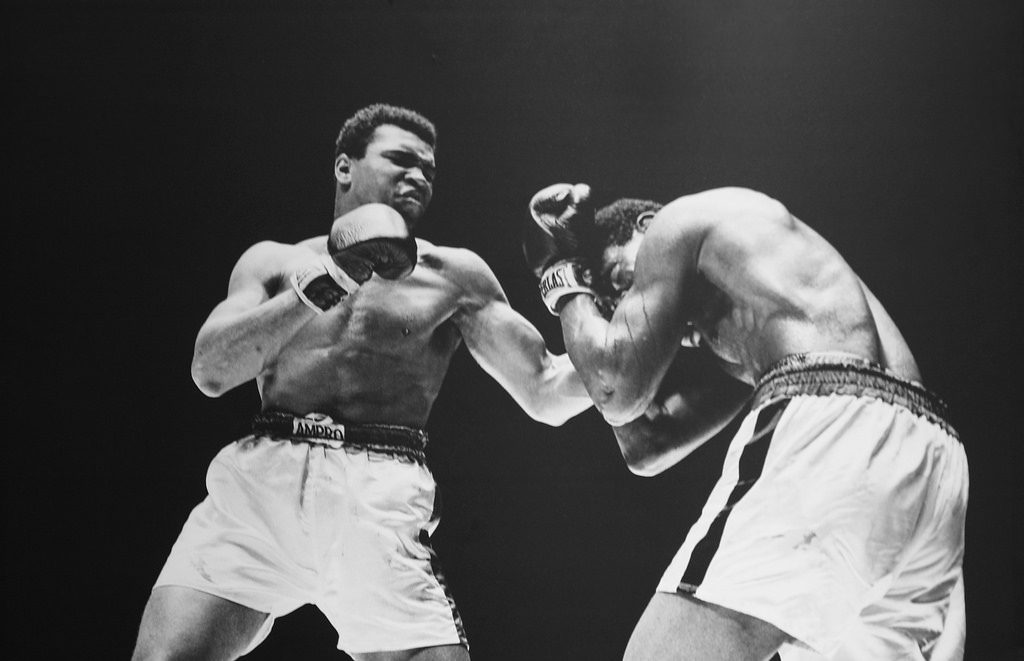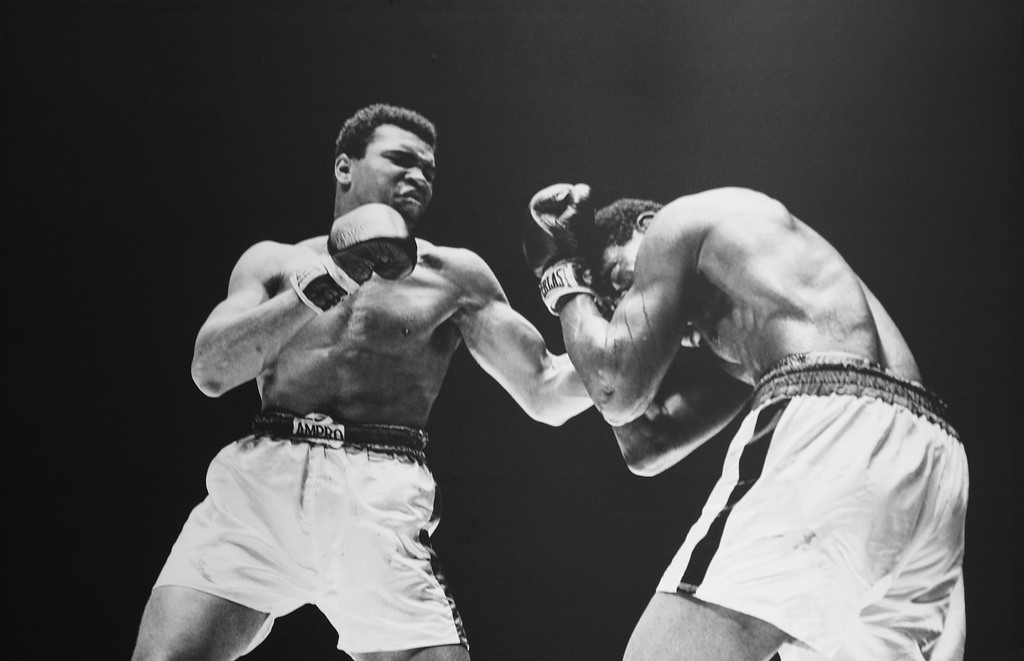
Mahatma Gandhi – 1948
Effective Leadership
I’ve learned many tips to be an effective leader in my (30) plus years leading various organizations and what it takes to be an effective one. I’ve held Leadership roles in multiple disciplines ranging from managing Engineering staffs, Maintenance Technicians, Production Operations, as well as Sales and Service Professionals. I’ve worked in environments that include Agricultural Equipment, Large Diesel Engines, Main Frame Computer Printers, Medical Devices, and Start-up Businesses. I have worked for at least (15) different people in my career. All this experience has shaped my view on effective Leadership which I will share below.
A traditional definition of Leadership is an interpersonal influence directed toward the achievement of goal or goals. Interpersonal meaning between persons; Influence is the power to affect others; and Goal is the end one strives to attain. It basically says that a leader influences more than one person toward a goal. That is what leaders do every day. Where management is the process of setting and achieving goals of the organization thru functions of management (planning, organizing, directing, controlling), leading really deals with the interpersonal aspects of managers job (change, inspiration, motivation, influence). That is what makes leading tough and why good leaders are hard to find.
During my career, I learned there is no specific reference available to ensure you apply proper leadership techniques in all situations. It will vary on circumstances and normally requires calling on past experiences to arrive at the right conclusion. I learned a lot from previous leaders I had worked for as well as observations from leaders I either read about or was exposed to. I learned that leadership was about setting vision, direction, offering support and giving advice to meet the needs of employees, customers and stakeholders. It’s about being personally accountable for the areas you lead and setting the tone for your organizations. It’s about building relationships to get work done through others. It’s about developing and empowering your employees to excel. But in the end, it’s about RESULTS because that is the true measure of a great or poor leader.
I developed my leadership style by thinking through my experiences as an individual contributor and what I wanted in a leader. Be empathetic, help employees with problems, both personal and work related. Avoid politics and backstabbing. I wanted a leader that trusted me when I earned that trust. I wanted a leader that was both fair and demanding. Someone who I could have a beer with yet confide with in tough times. I wanted a leader who was a friend with a mutual understanding of when the line had to be drawn between friendship and work. Think through some of the poor leaders you’ve worked for or have been exposed too. I knew of one leader who would actually confront his employees in front of others to embarrass them into better performance and belittle them to get to that end. There are others who actually think they are better than you due to their education, affiliations, or work experience yet have never shown results to justify their position of leadership. You can learn a lot about being a good leader from the environment around you and your past experiences. Turn that experience into becoming the leader you want to work for.
Following are some specific “tips to be an effective leader” I’ve learned over the years:
Watch out for “A” players. They can be disruptive if not careful. Many of them worry more about their career then the team. Focus on your “B” players. They represent 80% of your employees and are probably getting most of your work done anyway. They are becoming the forgotten ones who will leave the company. As for “C” players, you shouldn’t have them anyway and if you do, make them solid “B”s.
Do not accept mediocrity. It spreads like a disease.
Work on your speaking ability and presentation skills. It separates some of the best leaders.
Be competitive but not a poor loser
Know your employees and treat them all with respect.
Be systematic, organized & fair
Coaching and Teamwork is your primary duty. I heard a good quote from a football player on a division leading team recently: “When we win together, we all eat”
You won’t need to worry about meeting financial objectives if you lead a high performing team. In fact that becomes the least of your worries
Study leadership. Two books on leadership I’d recommend are Patrick Lencioni’s “The Five Dysfunctions of a Team” and “The 4 Disciplines of a Healthy Organization”.
Good Luck moving forward.

By Denis Olson
Dec 13, 2017



